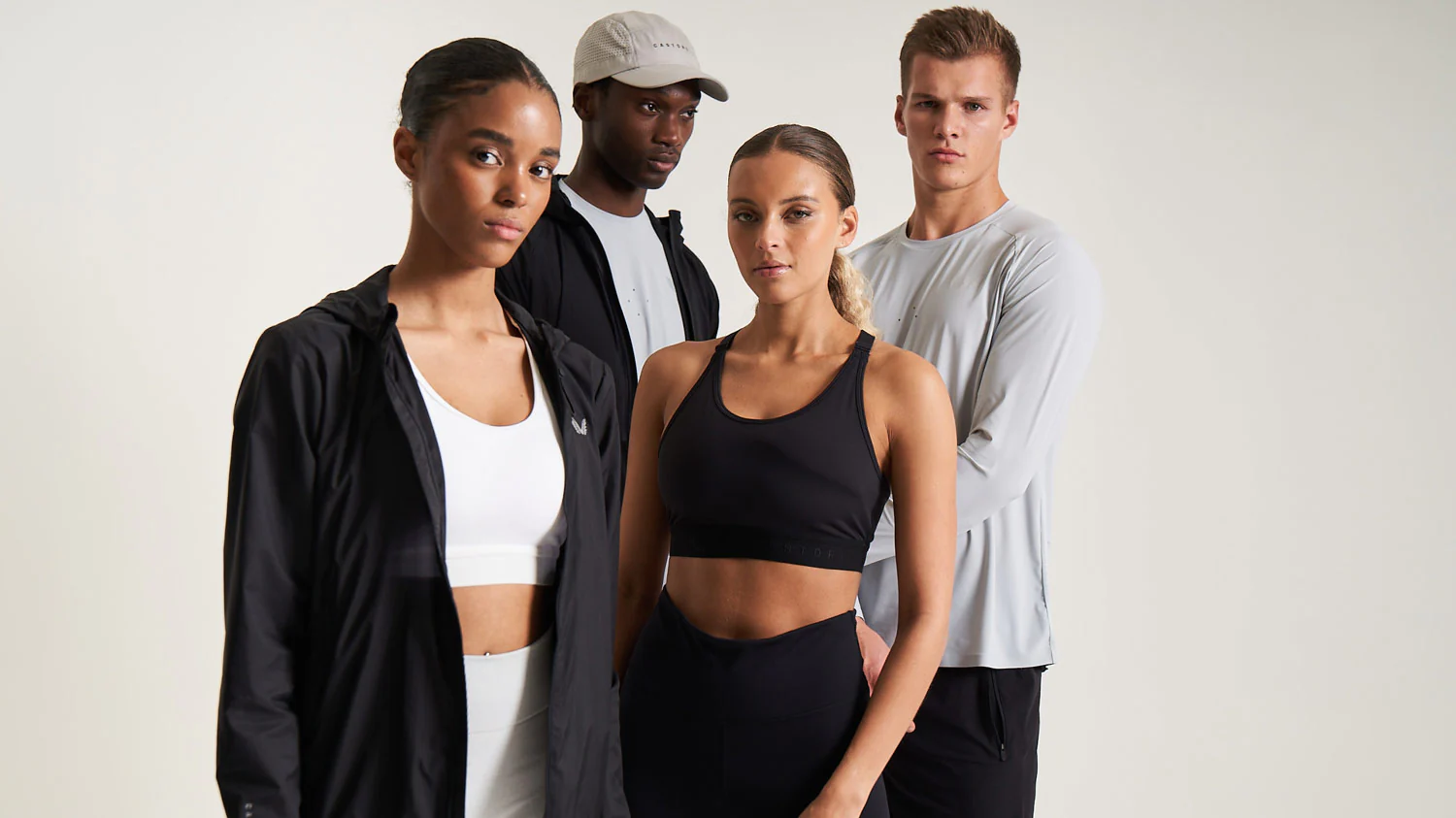Indian innerwear and athleisure wear brands are facing significant challenges as demand remains sluggish, forcing brands to resort to deep discounts to clear excess inventory. Page Industries, the country’s largest innerwear maker, reported an accumulation of excess inventory and highlighted the negative impact on the overall market ecosystem. Page Industries’ Managing Director, VS Ganesh, acknowledged the prevalence of unsustainable business practices resulting from promotional schemes and discounts in the marketplace.
Despite positive trends in consumer demand in the economy and rural segments, urban and mid-premium segments have yet to show any noticeable improvement. In the second quarter, Page Industries experienced an 8.4% decline in revenue and an 8.8% decline in volume. Rival companies Rupa and Lux Industries witnessed sales increases of 6% and 1% respectively, during the same period, while VIP Clothing recorded a 2.4% decline in sales.
This overall weakening demand suggests a struggling economy, as reflected in the Men’s Underwear Index (MUI). The MUI, devised by former US Federal Reserve Board Chairman Alan Greenspan, indicates that declining sales of men’s underwear correlate with a poor state of the overall economy, whereas upswings reflect the opposite.
Indian consumers have been cutting back on non-essential spending, including apparel, lifestyle products, electronics, and dining out, since Diwali last year due to inflation, rising interest rates, job losses, and a general economic slowdown. Although earlier in the year, companies anticipated a transitional slowdown and expected recovery during the festive season, the current data suggests otherwise.
Despite the recent boom driven by work-from-home arrangements and increased focus on health and fitness amid the pandemic, the Indian innerwear market, valued at $6.3 billion, remains highly fragmented and unorganized. The market has also experienced disruption from digital-first brands targeting millennials, such as XYXX, Da Mensch, Almo, Bummer, and Freecultr. These brands have either adopted lower-priced models or aggressively slashed prices to gain a competitive edge.
The slowdown in demand can be attributed, in part, to a high base effect, particularly in athleisure wear, which experienced a surge in demand during the work-from-home trend amidst pandemic-led restrictions. As the innerwear market faces continued challenges, brands hope for a revival in demand in the coming months.

